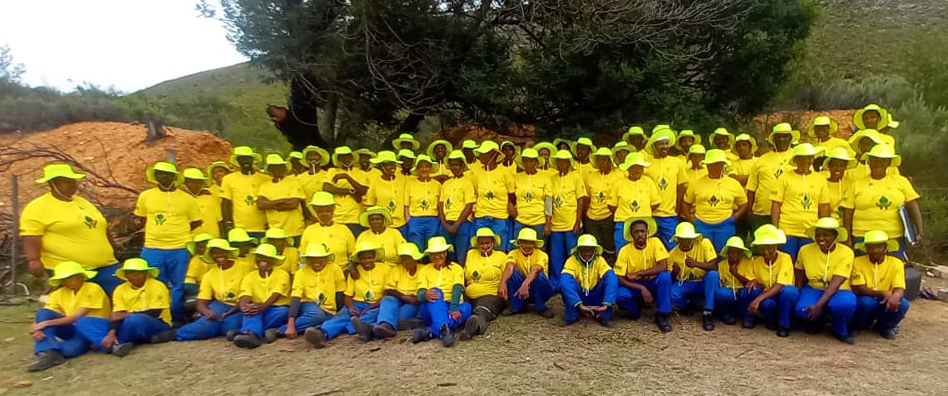A programme to secure more runoff to major Eastern Cape dams is proving successful
A programme to secure more runoff to major Eastern Cape dams is proving successful as water conservation efforts in the drought-stricken south kick into high gear, despite record rainfall to the north of the province.
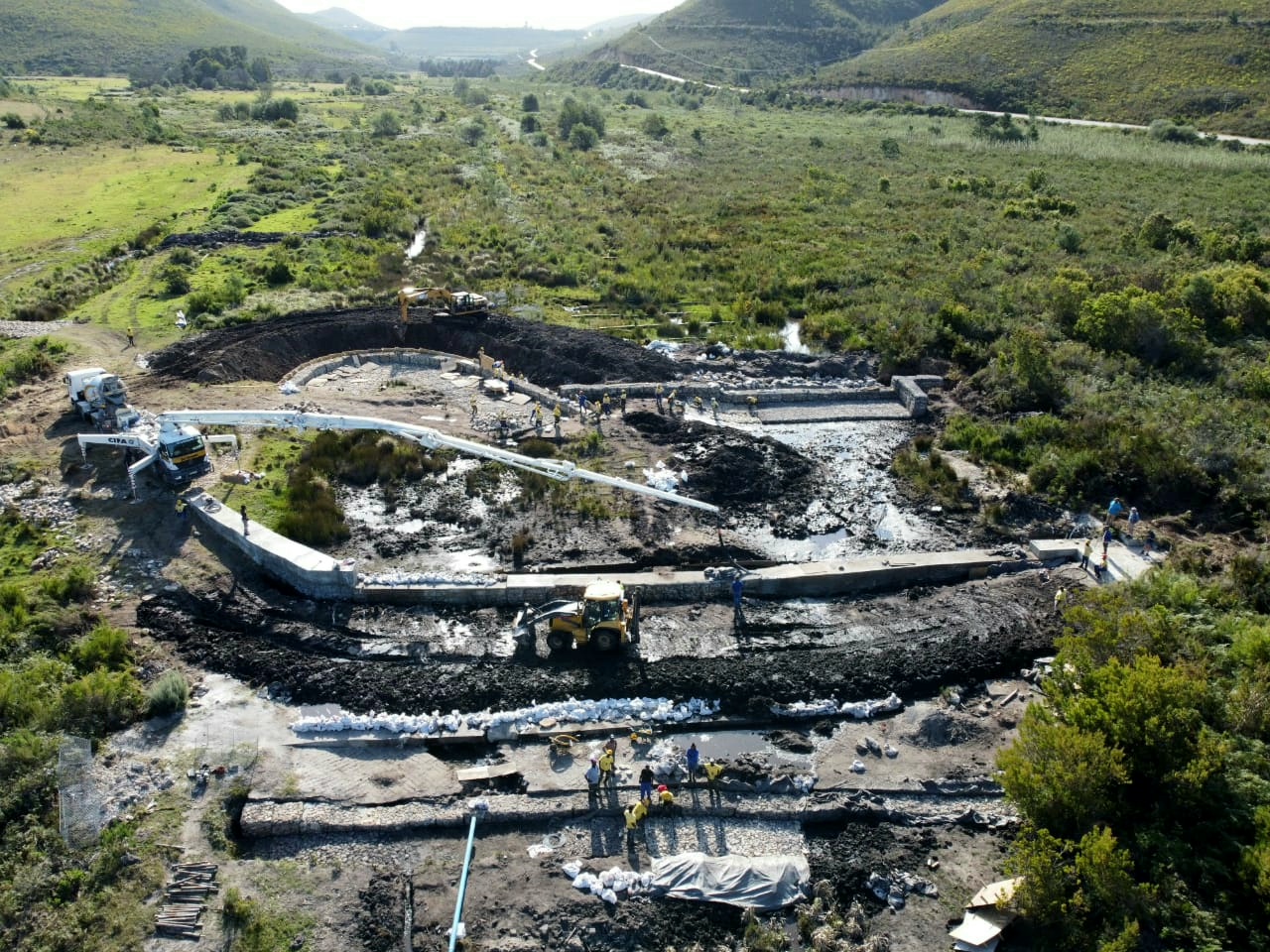
One of the region’s significant water sources, the Kouga Dam – feeding the Nelson Mandela Bay metro and surrounds – hovers at just above 12% capacity, with about 11,200 megalitres of water available.
Gamtoos Irrigation Board (GIB), which manages the dam’s water, is amid a years-long government-funded drive to improve water security in the region by clearing invasive alien plant species in the catchment areas of dams supplying the area.
On average, the dam has been full every five years since its completion in 1969, but thanks to the drought, it last overflowed in 2015.
“The state of our catchments is of utmost importance in terms of securing water which needs to reach our storage dams,” said Rienette Colesky, GIB chief executive officer. “This clearing of invasive alien plant species is an effort to be undertaken not just by the government, but all stakeholders – including farmers – when it comes to clearing invasive alien plant species. It’s much, much cheaper than building dams.”
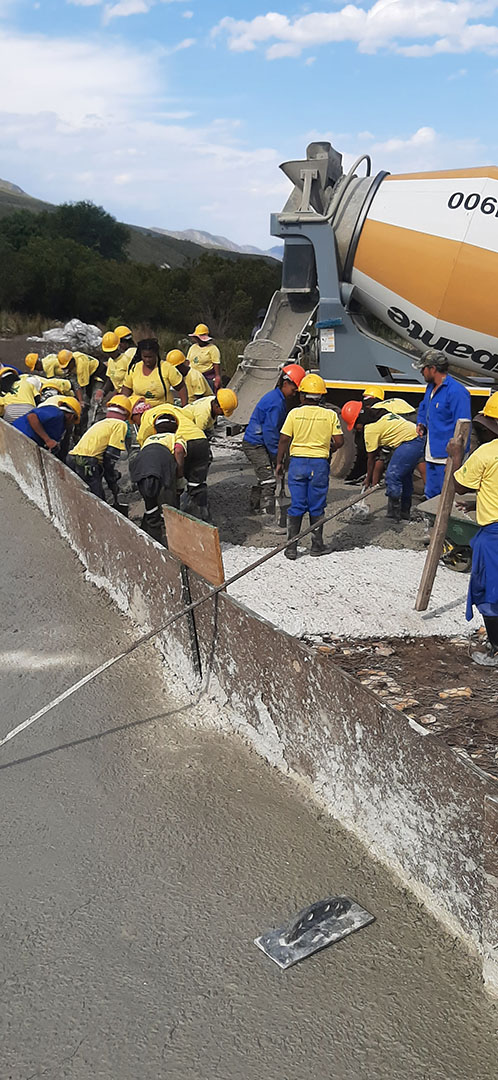
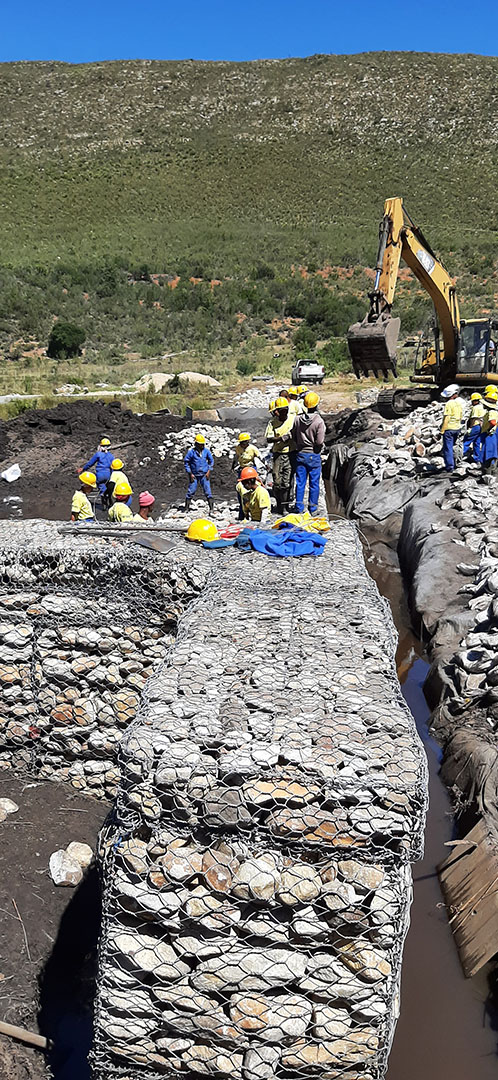
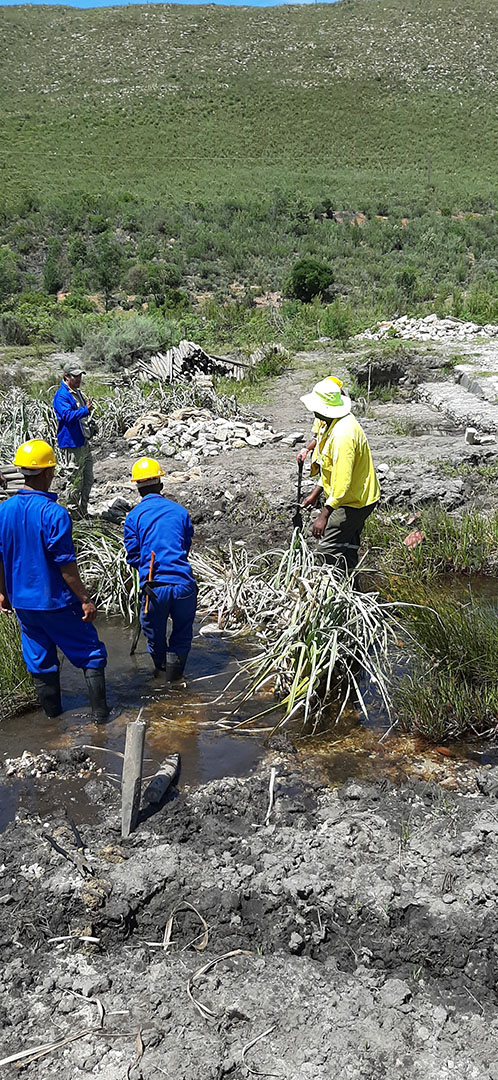
Research commissioned by GIB indicates that the baseline flow in catchment rivers could increase, on average, by up to 13 kilolitres per day where alien plant species are removed in fynbos districts. Under current water restrictions in the Bay metro, that’s enough to supply a household for one month, as domestic water users are limited to 15Kl/month.
Over the past five years, GIB teams comprising 1,000 previously unemployed community members have cleared about 10,000 hectares of invasive alien plant species in dam catchment areas – the equivalent area of 20,000 rugby fields.
“These plants increase transpiration, and evaporation losses and absorb much more water from the ground than indigenous plants. They can reduce the flow of rivers and annual runoff, affecting the dams that supply water to the Nelson Mandela metro — the Churchill, Impofu and the Kouga dams,” said Colesky.
According to Edwill Moore, GIB area manager for the western part of the Eastern Cape, the clearing of such invasive plants – predominantly Black Wattle species – has been significant.
“In the Kouga Dam catchment, around Louterwater, Krakeel and Joubertina, we have done new clearing of about 100 hectares, and follow-up operations on previously cleared areas of 3 800ha with 525 previously unemployed workers,” Moore said.
In the Churchill and Impofu Dam catchments, about 30km upstream of Kareedouw to Churchill Dam, GIB teams have cleared – and continue to clear until 31 March – 2 256ha of dense alien invasive trees in the riparian areas, as well as engage in follow-up operations on 2 273ha of previously cleared areas, employing 600 previously unemployed community members, Moore added.
“In the Kromme River [Churchill Dam catchment] and Dieprivier [Impofu Dam catchment], we are doing wetland restoration and rehabilitation,” said Moore. “This includes construction and maintenance of concrete weirs, to prevent any further loss of Palmiet wetlands, as well as the establishment of indigenous wetland plants in the previously wattle-infested wetlands.”
According to Andrew Knipe, GIB area manager for the eastern part of the Eastern Cape, the success of such projects lay in the continued work to clear the land of invasive alien plant species.
“The secret of the success here has been a consistent effort over many years. Alien vegetation clearing requires continuous follow-up and maintenance of cleared areas. This ongoing process requires proper systems to be in place,” Knipe said.
